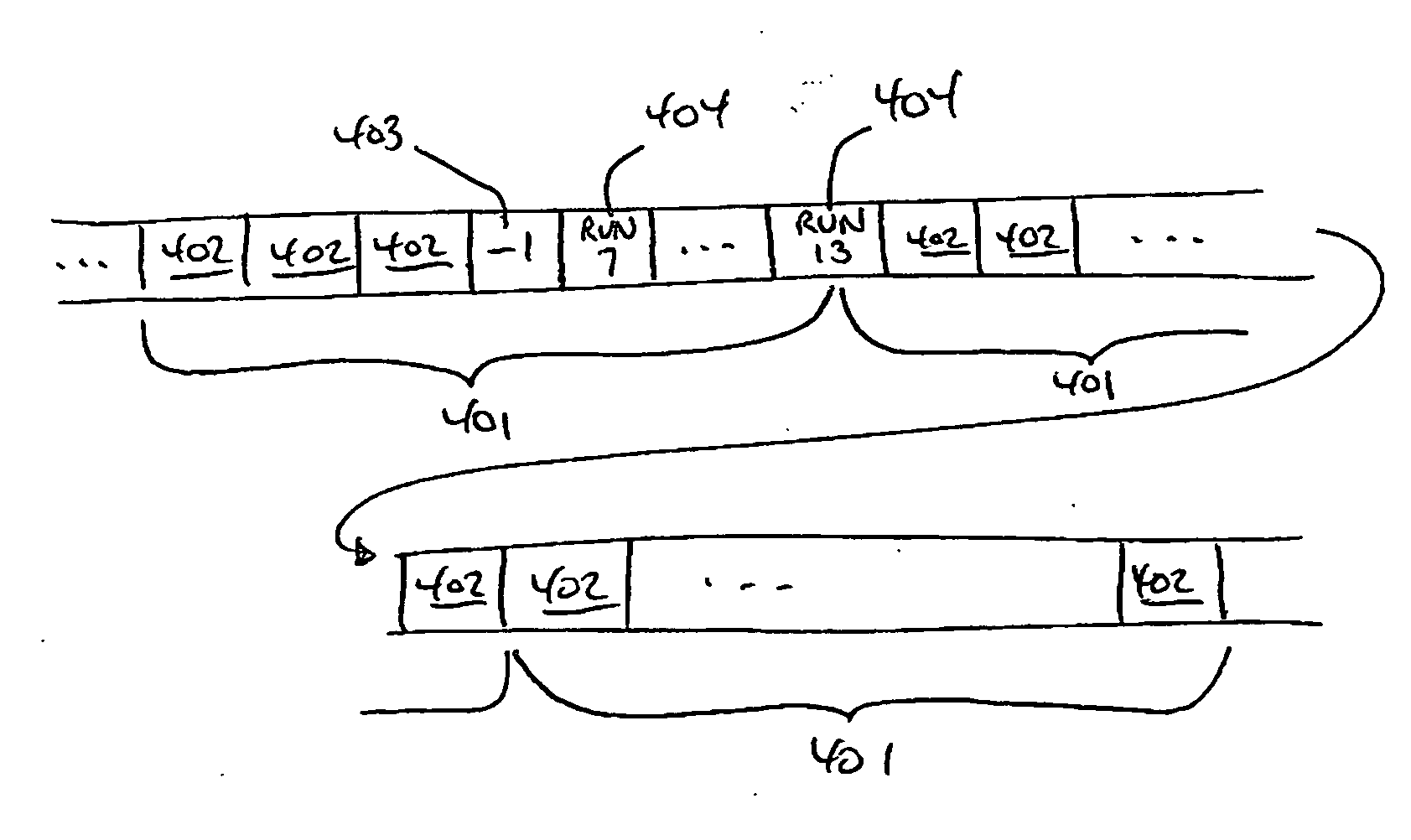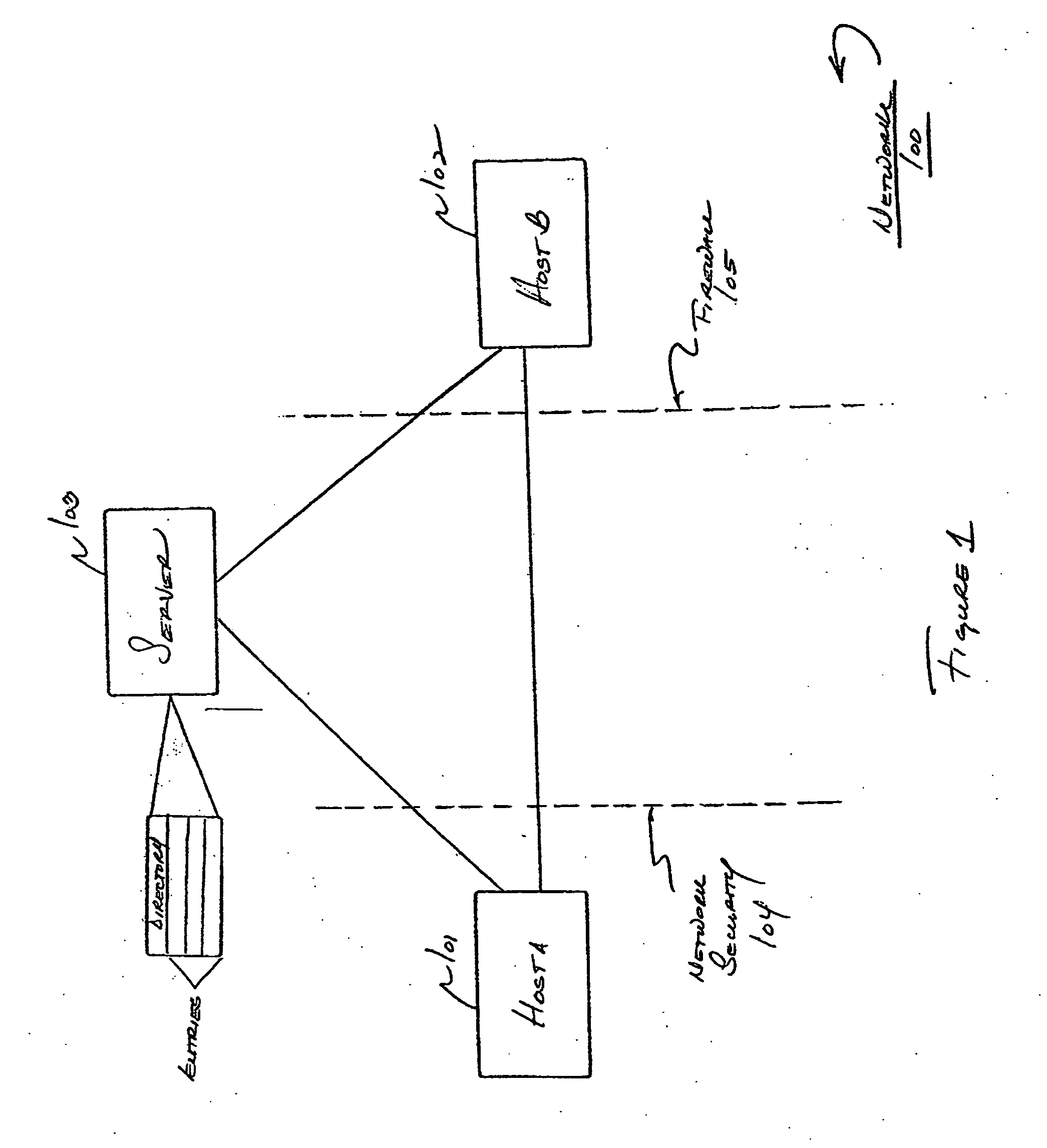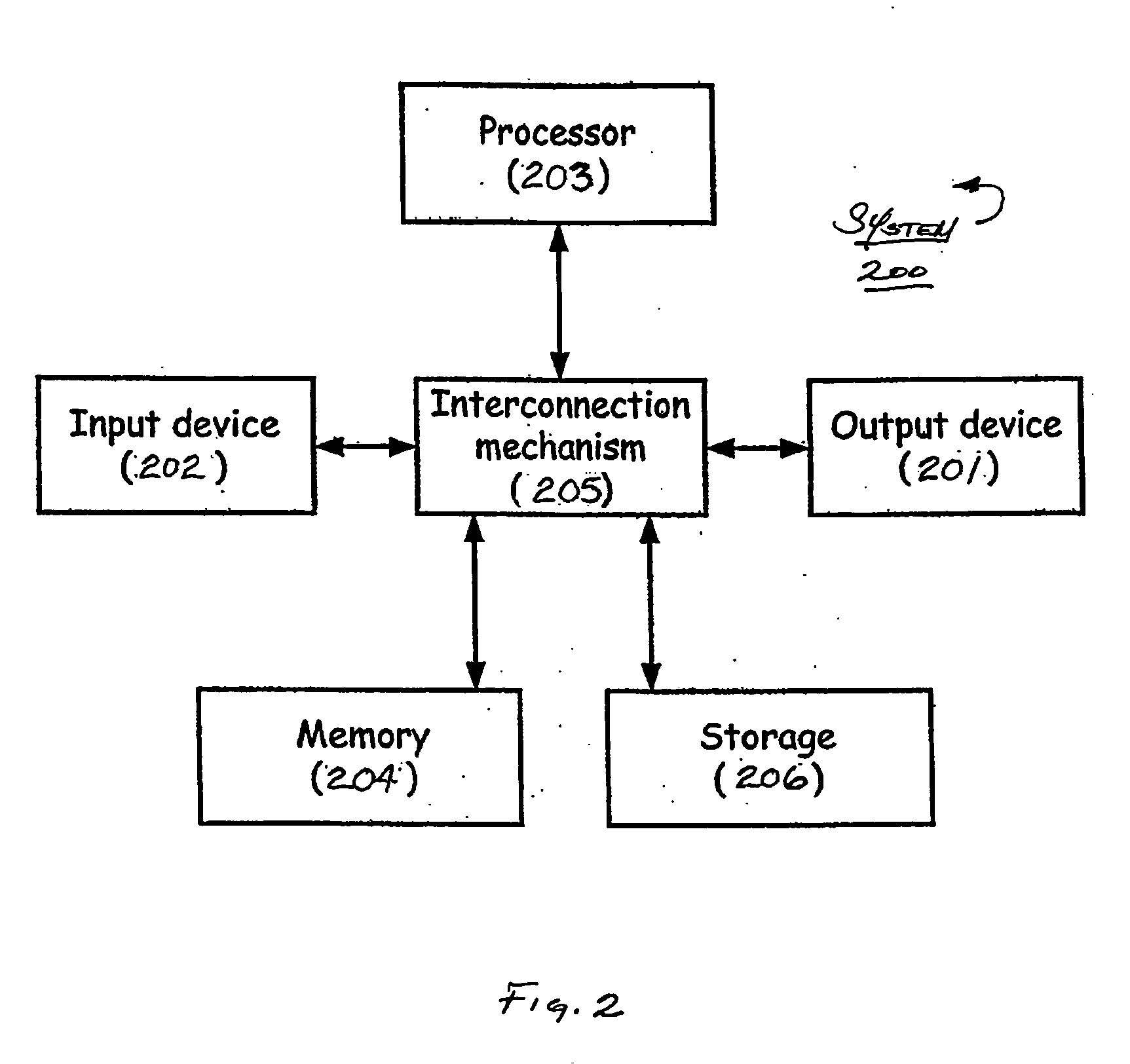Methods and apparatus for encoding and decoding video data
a video data and video technology, applied in the field of video information encoding and decoding, can solve the problems of high transmission bandwidth required, inefficient huffman encoding, increase in the number, etc., and achieve the effect of reducing the peak bandwidth that is required to transmit the data and the reduced burden of the resulting network data rate for transmitting the data
- Summary
- Abstract
- Description
- Claims
- Application Information
AI Technical Summary
Benefits of technology
Problems solved by technology
Method used
Image
Examples
Embodiment Construction
[0039] This invention is not limited in its application to the details of construction and the arrangement of components set forth in the following description or illustrated in the drawings. The invention is capable of other embodiments and of being practiced or of being carried out in various ways. Also, the phraseology and terminology used herein is for the purpose of description and should not be regarded as limiting. The use of “including,”“comprising,” or “having,”“containing”, “involving”, and variations thereof herein, is meant to encompass the items listed thereafter and equivalents thereof as well as additional items.
[0040] Various aspects of the present invention may be implemented on a communications network as is known in the art (e.g., the communications network 100 as shown in FIG. 1). Information may be transmitted between two hosts 101-102 coupled by one or more communications networks. For instance, hosts 101-102 may be coupled by one or more networks such as, for...
PUM
 Login to View More
Login to View More Abstract
Description
Claims
Application Information
 Login to View More
Login to View More - R&D
- Intellectual Property
- Life Sciences
- Materials
- Tech Scout
- Unparalleled Data Quality
- Higher Quality Content
- 60% Fewer Hallucinations
Browse by: Latest US Patents, China's latest patents, Technical Efficacy Thesaurus, Application Domain, Technology Topic, Popular Technical Reports.
© 2025 PatSnap. All rights reserved.Legal|Privacy policy|Modern Slavery Act Transparency Statement|Sitemap|About US| Contact US: help@patsnap.com



